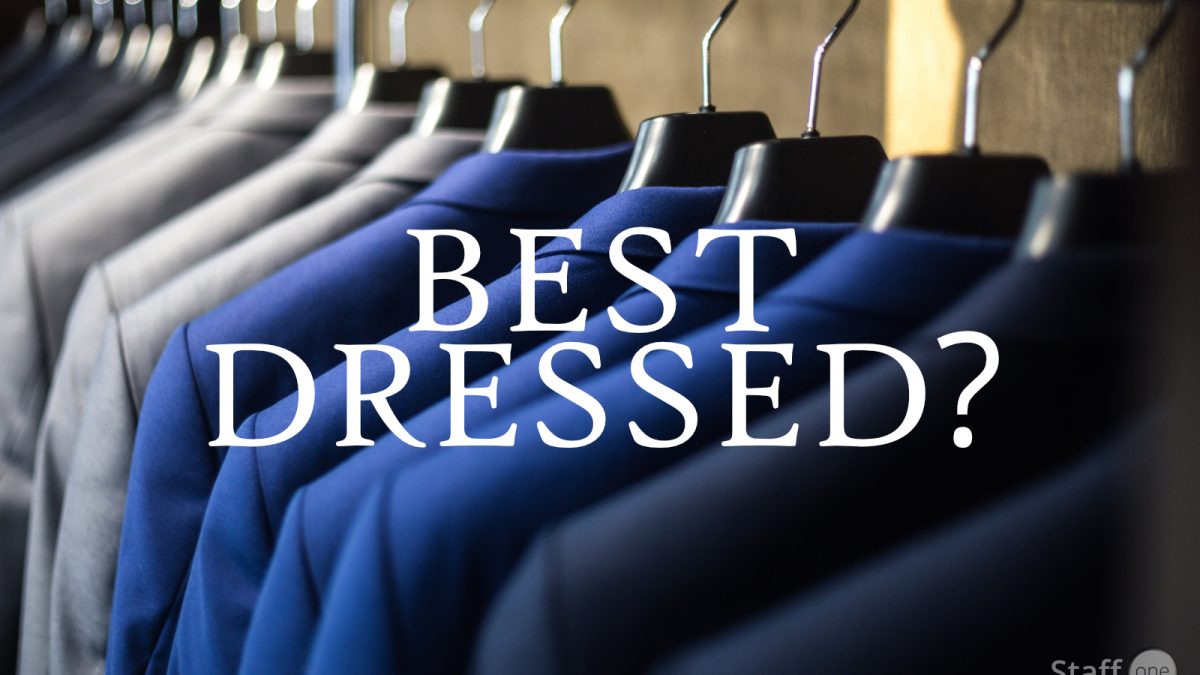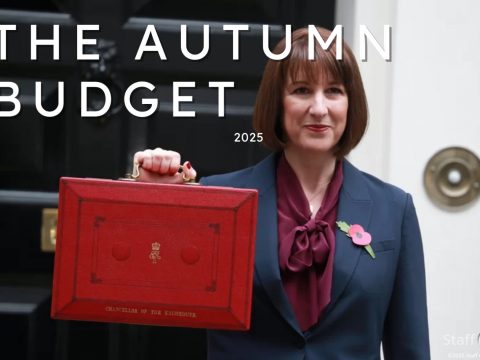- Contact us:
- 03300 535 600
- [email protected]

Could Eco Anxiety affect your workplace?
January 17, 2022
Restart Ready
March 29, 2022The last two years have had a greater impact on the workplace than any other in our careers. Many workplaces have adapted working styles, patterns and processes leading to some of the most diverse changes we’ve seen.
With the digitisation of many services from retail to banking, and employers taking a more progressive approach to their business culture, what is to become of the way we present ourselves in workplaces where non safety critical or branded workwear can be worn?

It’s argued that formal dress has a number of advantages such as ensuring that personal presentation is standardised and appropriate workwear is not left to chance. Often, when employees workwear is left open to interpretation, standards can often evolve from what workers should wear, to what they want to wear.
There are six typical reasons for setting any fixed uniform policy, each that can differ depending on the culture and objectives of any business. These typically fall under:
1. Reputation
2. Trust
3. Credibility
4. Respect
5. Equality
6. Brand
More formal dressing can help stimulate a good and healthy culture at the workplace. Informality is increasingly becoming a trend built upon little more than the notion that “everyone else is doing it so maybe we should too” Individuals can take a different approach to their work if they are not formally dressed with some individuals statistically working less hard if they aren’t in traditional attire.
Throw into the mix that sometimes the best workers aren’t necessarily going to be the best dressed, “business casual” could have an adverse effect. Workers who have a favourite asset, outfit, style or accessory can present challenges, as can judging people for who they are, rather than what they wear. creative industries and roles in which the workforce needs to dress in such a way that their mobility and comfort isn’t limited tend to fair better.
A casual dress code may help attract talent
“Casual Fridays” and business-casual workwear were popularized in the 1990s as an inexpensive way to give employees a small benefit. But even business casual can seem archaic in an era when many professionals now wear T-shirts and sneakers to the office.
Tech firms and startups have led the way in letting employees wear what they want since the 1980s. In an effort to compete with this rapidly growing sector, “casual every day” is now being used as a recruiting tactic at many companies — a smart move for those that can swing it, given that 61% of job seekers in a recent U.K. study have a negative perception of companies that enforce dress codes. Many speculate that millennials are driving the trend toward a more relaxed dress code, making it an especially good marketing tactic for those targeting this key demographic.
For many companies, the switch to casual clothes can be a simple change that pays big dividends. Some are incorporating casual dress as part of a larger cultural change; JPMorgan Chase, for example, created a separate office in New York for their tech staff, complete with whiteboard walls, foosball tables — and no ties in sight.
Though everyone has individual preferences regarding what to wear, employees highly value the opportunity to reflect their authentic selves in the way they dress. Those who say they’re unhappy at work are twice as likely as the overall population to say their work attire doesn’t reflect their true personality (55%, compared to 29% overall). Having a relaxed dress code can help workers be both more expressive and happier on the job.
If you believe that offering a casual dress code could help attract talent, make sure you publicize it in materials about company culture and in job descriptions.
So what do we recommend? Create a company dress code policy with clear guidelines. Perhaps utilise dress-down days or create a secondary uniform such as branded workwear, to be worn as an alternative. It can be difficult to outline what your organisation does want so start by covering what you don’t and take it from there. Take the opinions of staff and customers with a pinch of salt. Customers who say they don’t mind often only don’t mind until they see something they don’t like, which is much harder to control without a clear policy. Employees, ultimately will seek out whatever suits them best above what suits their employer.
Whether business formal, business casual or wear what you like – the bottom line is control, clarity and consistency. We really liked this blog from our good friends at Printerland – check it out for inspo.






